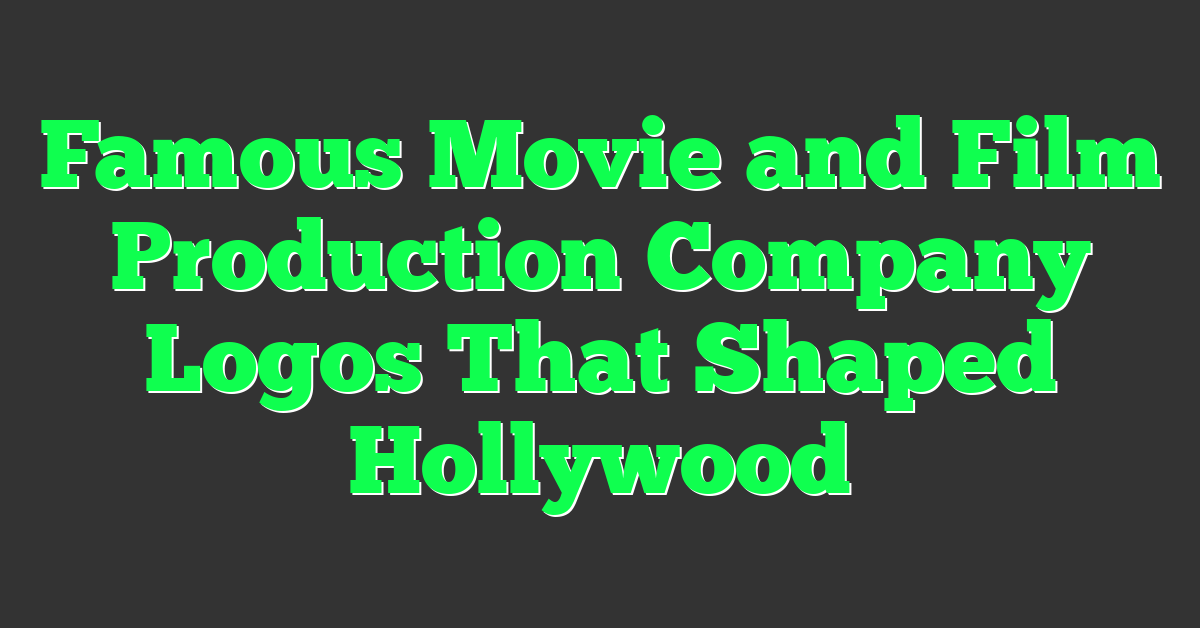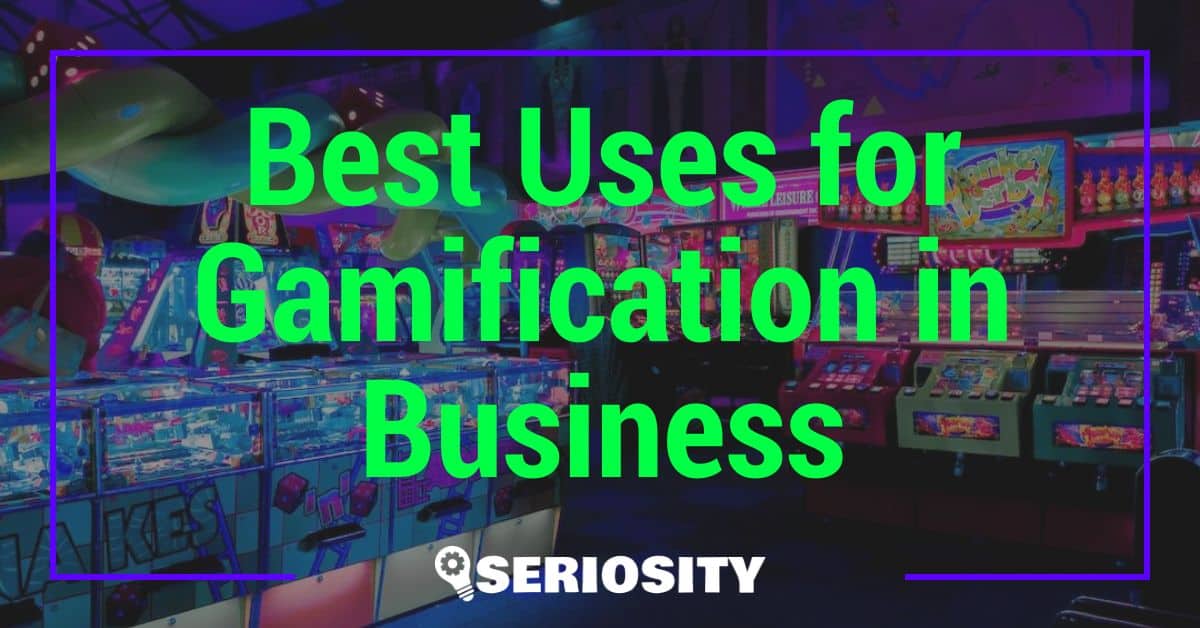Ever wondered why some movie logos stick with you long after the credits roll? Those iconic images do more than just represent a company—they set the stage for the cinematic experience you’re about to dive into. From the roaring lion of MGM to the majestic mountain of Paramount, these logos carry a legacy of storytelling and creativity.

You might not realize it, but each logo has a fascinating story behind its design. They’re crafted to evoke emotions, hint at the company’s history, and sometimes even offer a sneak peek into the movie’s tone. Let’s take a closer look at some of the most famous movie and film production company logos and uncover what makes them so memorable.
Key Takeaways
- Brand Identity and Recognition: Movie logos are essential for brand identity, providing immediate recognition and standing as lasting symbols of quality and innovation.
- Impact on Audience Perception: The design elements of logos shape how the audience perceives a film, setting the tone and anticipating the nature of the narratives.
- Evolution Reflects Progress: Film company logos evolve over time, influenced by historical changes and technological advancements, underscoring the need for businesses to stay current.
- Iconic Examples: Logos like Warner Bros.’ shield, Universal’s spinning Earth, and Disney’s enchanted castle highlight the power of balancing tradition with modernity to maintain strong brand identities.
- Strategic Redesigns: Successful logo redesigns, prompted by technological advances, audience preferences, or corporate milestones, can renew brand interest and reflect growth and unity.
The Importance of Logos in the Film Industry
Movie logos significantly contribute to a memorable cinematic experience. These logos are more than just symbols; they reflect a rich legacy of innovation and storytelling.
Brand Identity and Recognition
Logos serve as the cornerstone of brand identity. Companies like Universal and Pixar achieve immediate recognition through their logos. When you see Universal’s globe or Pixar’s hopping lamp, you instantly associate them with high-quality productions. A strong logo not only differentiates a company but also establishes a lasting brand image.
Impact on Audience Perception
The design elements in logos shape audience perception. The intricate clockwork of DreamWorks’ boy fishing on the moon suggests creativity and imagination. This visual cue prepares viewers for enchanting narratives. For entrepreneurs, understanding the impact of visual branding on customer perception can translate directly into business success.
Evolution of Film Company Logos
Film company logos have evolved dramatically over the years, reflecting both historical progress and the influence of technology on design. As an entrepreneur, understanding these changes can offer valuable insights into brand development and identity.
Historical Progression
Early film logos were often simple yet powerful, designed to print well on black-and-white film reels. For instance, Paramount’s original logo, first used in 1914, depicted a minimalist mountain. Over decades, this logo has undergone numerous transformations to maintain relevance and appeal. MGM’s roaring lion logo, introduced in 1928, also adapted with changing times, incorporating color and sound to enhance its impact.
These historical progressions demonstrate the importance of staying current. As your business grows, updating your logo to align with contemporary aesthetics can reinforce brand relevance and keep your audience engaged.
Technological Influence on Design
Modern film logos leverage cutting-edge technology to create visually stunning and memorable designs. Digital animation and 3D modeling are now standard practices. For instance, Pixar’s logo, featuring the hopping lamp, showcases advanced animation techniques that captivate audiences. Universal’s rotating globe logo exemplifies how 3D graphics can enhance brand storytelling.
Embracing new technologies in logo design can set your business apart. Whether you’re launching a startup or revamping an existing brand, utilizing advanced design tools can help you create an impactful visual identity that resonates with your target market.
Iconic Film Production Company Logos
As an entrepreneur fascinated by branding and logo design, you’ll find there’s much to learn from the iconic logos of film production companies. These logos are more than images—they’re powerful symbols of heritage and identity.
Warner Bros. Classic Shield
Warner Bros.’ logo, featuring the WB shield, stands as one of Hollywood’s most enduring symbols. Introduced in 1923, the logo has undergone several updates but always retains the shield motif. The classic design projects strength and reliability, which is essential for brand trust. As an entrepreneur, note how Warner Bros. keeps its logo contemporary yet true to its roots. This balance between tradition and modernity can be reflected in your own branding to maintain both relevance and authenticity.
Universal’s Spinning Earth
Universal’s logo, showing a spinning Earth, epitomizes global reach and influence. Debuting in 1912, the logo has evolved from a simple black-and-white globe to an impressive CGI creation. The consistent theme of a world underscores Universal’s ambition. Your business can mirror this by using design elements that speak to your company’s scale and aspirations. Incorporating evolving technology into your logo, similar to Universal, showcases innovation and a forward-thinking approach.
Disney’s Enchanted Castle
Disney’s enchanted castle logo embodies magic and wonder, capturing the essence of what the brand promises its audience. Originally a 2D castle in 1985, it’s now a multi-dimensional spectacle with intricate animation. The transformation highlights the importance of storytelling in logo design. Consider how Disney uses its logo to elicit emotion and build a narrative. You can apply this strategy in your endeavors, ensuring your branding not only informs but also resonates deeply with your target market.
Each of these logos teaches vital lessons in branding, balance, and evolution. Emulate these strategies to strengthen your own brand identity, making it as memorable and impactful as those of these iconic film production giants.
Analyzing Logo Redesigns in the Film Industry
In the competitive world of movies, logos stand as powerful symbols of brand identity. Redesigning these logos is a strategic move that can influence audience perception. You can draw valuable lessons from these changes, understanding how to apply similar strategies in your own endeavors, from side-hustles to online startups.
Reasons for Redesigns
Film studios often update their logos to stay relevant. Advances in technology and shifts in audience preferences drive these changes. You might notice that modern audiences expect sleek, dynamic visuals. Redesigning a logo can help a brand appear contemporary, reflecting current trends and technological progress. For startups or side-hustles, keeping your brand fresh and on-trend can captivate your target market, keeping your business memorable and appealing.
Rebranding might also coincide with company milestones. When a film studio celebrates an anniversary or significant achievement, a logo refresh honors the past while looking toward the future. This can spark a renewed interest in the brand, reminding audiences of its legacy. Similarly, marking milestones like a business anniversary or major partnership can rejuvenate your own brand, showing progress and growth.
Mergers and acquisitions necessitate redesigns, too. Combining elements from both companies’ logos can symbolize unity and forward momentum. If you ever merge your side-hustle with another, a logo redesign can visually represent this new chapter, integrating strengths of both entities.
Case Studies of Successful Changes
Warner Bros. offers a notable example. Since its founding in 1923, Warner Bros. has updated its shield logo numerous times. Each redesign has maintained the iconic shield while incorporating contemporary elements. The latest update, launched in 2019, modernizes the logo with a flat, minimalist design that aligns with current visual trends. This strategy exemplifies how you can retain core brand elements while embracing new design aesthetics for fresh appeal.
Universal Pictures also provides insight with its logo evolution. From its initial globe design in 1912 to today’s CGI-enhanced version, Universal’s spinning Earth has always conveyed its global reach. The 2012 update for its 100th anniversary used advanced computer graphics to create a polished, modern look. For your ventures, considering global ambition in your branding, updating your logo with modern tools and techniques can underscore your aspirations.
Disney’s enchanted castle has similarly experienced various redesigns. Each iteration maintains the core silhouette while adding depth, complexity, and animation over time. The 2006 update introduced 3D elements and a magical opening sequence. This evolution from hand-drawn simplicity to digital sophistication mirrors how you can evolve your brand’s storytelling to stay innovative, engaging, and emotionally resonant.
These case studies highlight the power of thoughtful redesigns. By keeping your brand updated, celebrating milestones, and symbolizing growth or partnerships, you can keep your business vibrant and relevant. Implementing these strategies can draw inspiration from the successes of iconic film studios, applying them effectively to your own business projects.
Conclusion
Exploring the world of famous movie and film production company logos reveals just how powerful these symbols can be. They don’t just represent the studios; they set the stage for the cinematic experience you’re about to enjoy. From the roaring lion of MGM to the majestic mountain of Paramount, these logos are crafted to evoke emotions and tell a story.
As the film industry evolves, so do its logos. Technological advancements and changing audience preferences push studios to innovate while maintaining their unique brand identities. Whether it’s through digital animation or 3D modeling, modern logos continue to captivate and engage.
By understanding the strategic importance of logo redesigns and the balance between tradition and innovation, you can draw valuable lessons for your own branding efforts. So next time you see a movie logo flash on the screen, you’ll appreciate the artistry and strategy behind it a little more.
Frequently Asked Questions
Why are movie logos important?
Movie logos create a memorable cinematic experience by evoking emotions and reflecting the company’s history. They help set the tone for the movie and play a significant role in brand identity and recognition.
How do design elements of movie logos impact audience perception?
Design elements like color, typography, and imagery in movie logos influence how audiences perceive a film before it even starts. They help set expectations and build excitement, enhancing the overall viewing experience.
How have film company logos evolved over time?
Film company logos have evolved due to historical progress and technological advancements. These changes ensure the logos remain relevant and engaging, reflecting modern design trends and audience preferences.
Why is it important for film companies to update their logos?
Updating logos helps film companies stay current with technological advancements and cultural shifts. It ensures that their brand remains engaging and recognizable to new generations of audiences.
What role does technology play in modern film logos?
Modern film logos often utilize cutting-edge technology like digital animation and 3D modeling. For instance, Pixar and Universal have incorporated advanced techniques to create dynamic and visually appealing logos.
Can you give examples of successful logo redesigns in the film industry?
Successful logo redesigns include Warner Bros., Universal Pictures, and Disney. These studios have updated their logos to reflect modern aesthetics while maintaining their core brand elements, ensuring continued audience engagement.
What lessons can entrepreneurs learn from film logo redesigns?
Entrepreneurs can learn the importance of balancing innovation with brand consistency. Successful logo redesigns in the film industry show that staying relevant and innovative while retaining core brand elements is crucial for long-term success.
How do logo redesigns influence audience perception?
Logo redesigns can refresh and re-engage audiences by aligning with current design trends and technology. They signal that a company is evolving and staying relevant, which can positively influence audience perception and loyalty.












